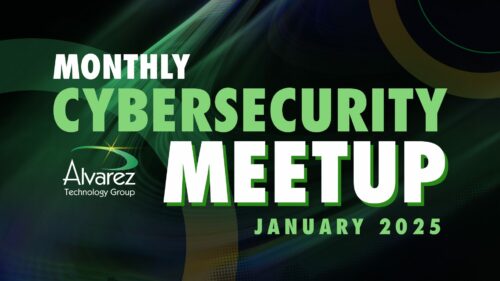The New Consumer Labeling Program by the White House and its Implications
In an age where the Internet of Things (IoT) dominates our homes and businesses, the need for heightened security has never been more paramount. As a business owner in California, you know firsthand how crucial these devices have become, especially in recent years. IoT devices have been woven into our lives, from remote working capabilities to automating daily tasks. But with this increased dependency comes heightened vulnerability.
The U.S. Cyber Trust Mark: A Beacon of Safety in a Digital Age
Recognizing the intensifying threats, the Biden administration recently launched a consumer labeling initiative to fortify the cybersecurity framework of smart home devices. Dubbed the U.S. Cyber Trust Mark, this voluntary program aims to offer consumers transparent information about the cybersecurity credentials of their IoT gadgets. As you integrate more of these devices into your California business operations, this label can be a critical tool to protect your assets and data.

Why This Matters: A Look at Recent Threats
So, why is this relevant to you? The past few years have witnessed an unprecedented surge in cyber threats. Sophisticated hackers from organized crime units and nation-states have targeted home routers and IoT devices. With a considerable portion of the U.S. workforce operating remotely, the security of home-based networks has become a business-critical concern. Consider it: An employee’s vulnerable smart thermostat or compromised refrigerator could provide cybercriminals access to your company’s most sensitive data.
The SolarWinds and Colonial Pipeline attacks were painful reminders of our digital vulnerabilities. The Biden administration views the labeling program, reminiscent of the Energy Star labeling for appliances, as a crucial step toward bolstering the nation’s cyber infrastructure.
Numbers Don’t Lie: The Scale of the Threat
To put things in perspective, during just the first six months of 2021, IoT devices endured over 1.5 billion cyber-attacks. By 2030, experts project that we’ll have a staggering 25 billion IoT devices. Furthermore, campaigns like the China-associated Volt Typhoon, which targeted U.S. critical infrastructure providers, have highlighted the intricate tactics of cyber adversaries. This campaign notably leveraged vulnerable home routers and SOHO networks as primary tools for their cyber invasions.
Praises and Plans: Building a More Secure Future
The Cyber Trust Mark initiative, championed by Federal Communications Commission (FCC) Chair Jessica Rosenworcel, covers a broad spectrum of smart home devices, ranging from your smart TV and refrigerator to fitness trackers. Devices meeting the rigorous cybersecurity criteria will proudly bear the U.S. Cyber Trust Mark label. If approved, we could witness the program’s rollout by late 2024.
Moreover, the FCC envisions a future where a simple QR code can guide users to a registry of certified devices, ensuring transparency and ease of access. Collaboration is key, as demonstrated by the FCC’s intent to partner with the Department of Justice to enforce and oversee this groundbreaking initiative.
Further fortifying the initiative, the National Institute of Standards and Technology (NIST) is set to release detailed criteria for the program. This guidance will cover everything from password strength to software updates and incident detection. Plus, by 2023, NIST will outline cybersecurity requirements specifically for consumer-grade routers, given their elevated risk profiles.
Towards a Safer Tomorrow: The Broader Vision
This isn’t just about smart homes. The Department of Energy is concurrently working on cybersecurity labels for smart meters and power inverters. It’s part of a holistic approach to creating a safer, more resilient grid.
Conclusion
For businesses in California, these developments are not just news updates – they signal a transformative shift in the digital realm. As IoT devices become staples in our operations, ensuring their security will be paramount. The path to a safer digital future looks promising with the introduction of the U.S. Cyber Trust Mark and other such initiatives. As a business leader, staying informed and taking proactive steps to safeguard your operations in this interconnected era is imperative.





